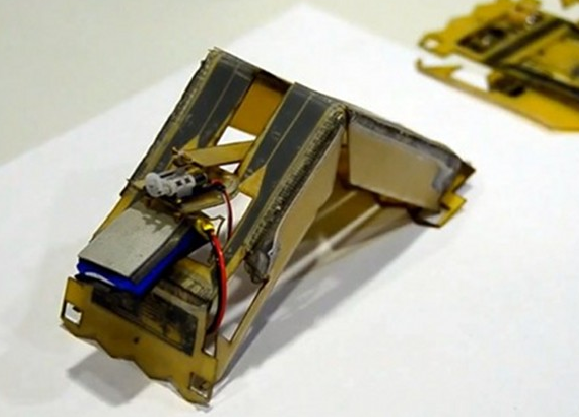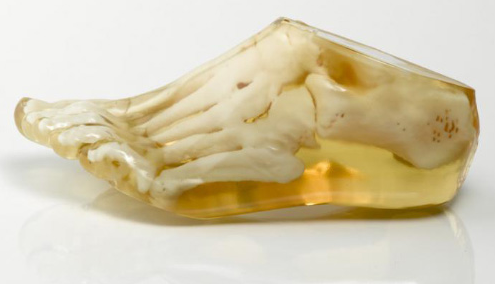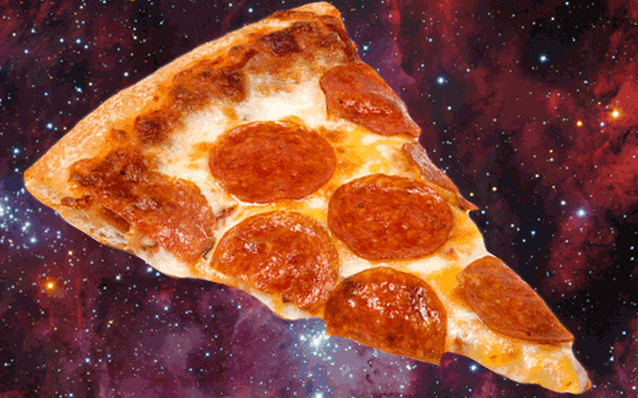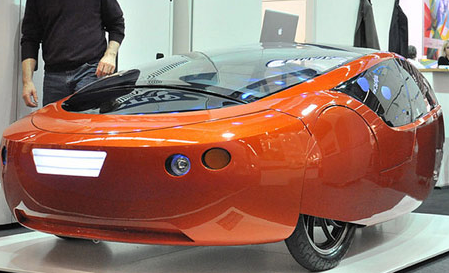Though 3D printers are still too expensive to make their way across the globe into our homes next to our tablets and flat-screen TVs, the few lucky early adopters who got their hands on them have created extraordinary three-dimensional objects. While 3D-printed clothing and toys are impressive, below are some mind-blowing creations that prove 3D-printers are totally worth it.
3D-printed self-assembling robot
The future is coming, and it's coming fast. By now, we've already heard about robots that can assemble themselves, but a 3D-printed robot that can do the same is ridiculously impressive. The innocent-looking inchworm robot pictured below was created by researchers from Harvard and MIT, and it has no problem assembling itself to inch about. The only human intervention was attaching the robot's motor and battery. The next step will be a more complicated robot that builds itself and walks away, and it will come pre-assembled with a battery and motor. All we have to do now is wait for the day when robots become smart enough to print themselves out.

MIT and Harvard's 3D-printed inchworm robot can assemble itself. Image via inhabitat.com.
Fetus
Instead of using a picture of your ultrasound to get a peek at your unborn bundle of joy, cradle an actual 3D print of your baby in fetus form. The Japanese firm, Fasotec and Hiroo Ladies Clinic offers expecting parents 3D models of their pride and joy for about $1,275. Called Tenshi or Katachi, which translates to “Shape of an Angel,” the product is based on a digital model of the mother's torso built from CT or MRI scans, so the result is a scale reproduction of your beloved little wonder.

3D-printed model of a fetus. Image via discovery.com.
Medical models
Can 3D-printing save your life? These days, it can be very likely. Now that doctors have access to 3D-printed medical models, they have a less-expensive and safer alternative to learn about the human anatomy. Planning a surgery on a printed model before the actual patient goes under the knife reduces the chance of mistakes and complications during the procedure. Doctors, along with researchers and medical device manufacturers, can now work quicker, test more thoroughly, and customize like never before.

With 3D-printed medical models, doctors can plan a surgery before the patient goes under the knife. Image via hongkiat.com.
Pizza
Ever wish that you could have the perfect meal right in front of you within a matter of seconds? With so many things being 3D-printed, from clothing to robots, why not food? NASA has given a grant to the Systems & Materials Research Corporation to create a machine that can make an edible 3D pizza. All of the carbs, proteins, and macro and micro nutrients will be in powder form, and are predicted to last about 30 years. NASA is beginning this new era of tastier, more nutritious space food with pizza because it's a food that can be printed in layers. The printer will start with dough, add a powdered form of tomato sauce mixed with water and oil placed on the dough, and lastly, cover the printed pizza with a layer of protein.
Hungry for more information? Read Electronic Products' article on 3D-printed pizza.

Astronauts will soon be able to enjoy nutritious, Earth-like meals while exploring space. Image via media1.com.
Cars
Sometime in the near future, you can be cruising behind the wheel of an unheard-of vehicle. Fuel efficient and made of 40 large 3D-printed thermoplastic parts, the URBEE 2 will be set to hit the road just two years from now. According to its developers, RedEye On Demand and its parent company, Stratasys, once URBEE 2 is ready to roll, it will travel from San Francisco to New York on just 10 gallons of biofuel such as ethanol.

URBEE 2, the 3D-printed car. Image via dezeen.com.
What do you think of 3D-printing? Ever got to use a 3D-printed object before? Let us know in the comments section below!
By Nicole DiGiose
Advertisement
Learn more about Electronic Products MagazineMouser Electronics





